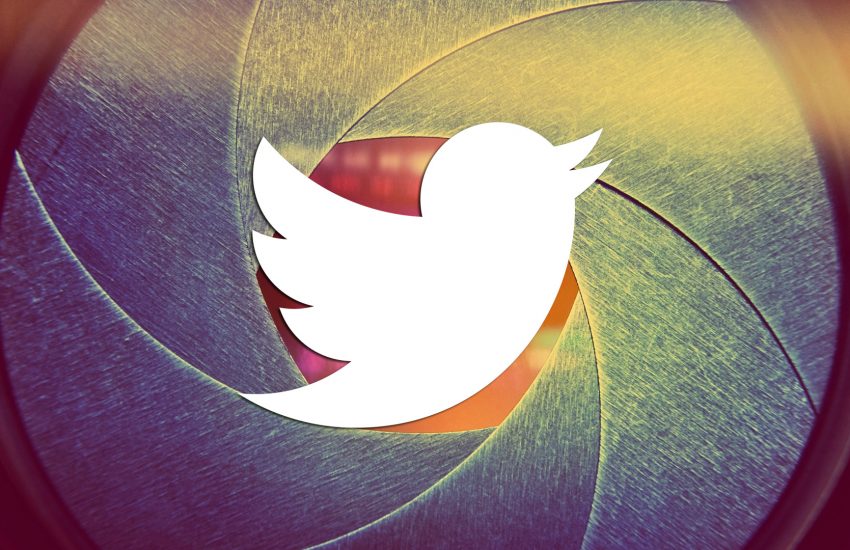
Twitter is making it easier for publishers and brands to air TV-quality live broadcasts on the social network and its live-streaming app, Periscope — as easy as on Facebook or YouTube or TV.
On Tuesday, Twitter announced the Periscope Producer API so that broadcasters can stream live video to Twitter and Periscope without having to shoot that video from or through Twitter’s or Periscope’s mobile apps.
The developer tool is similar to Facebook’s Live API and YouTube’s LiveStreaming API. All three tools enable publishers, brands and individual creators to beam a broadcast to the respective digital video services in the same way they might to TV. The video can stream directly from an internet-enabled camera, or it can be piped into a video production program so that the broadcast can switch among multiple cameras. You also can add graphics and other overlays, like you might see on a live TV show.
Twitter rolled out something similar in October 2016 with Periscope Producer. But while that program also enabled broadcasters to swap camera angles and add fancy graphics, it still required the equipment or software to pipe a broadcast to Periscope’s app, and then Periscope would send the stream to viewers on Twitter or Periscope. Like a game of telephone, the content risked degrading with each pass. Eliminating that middle step frees up broadcasters to maintain the quality of their broadcasts.
The Periscope Producer API makes the live-streaming process “much more standard for media and video production companies. It’s basically the exact same workflow used for any other live video production,” said Fritz Brumder, CEO of Brandlive, a live-streaming platform for brands that is one of the first companies with access to the Periscope Producer API.
About The Author

